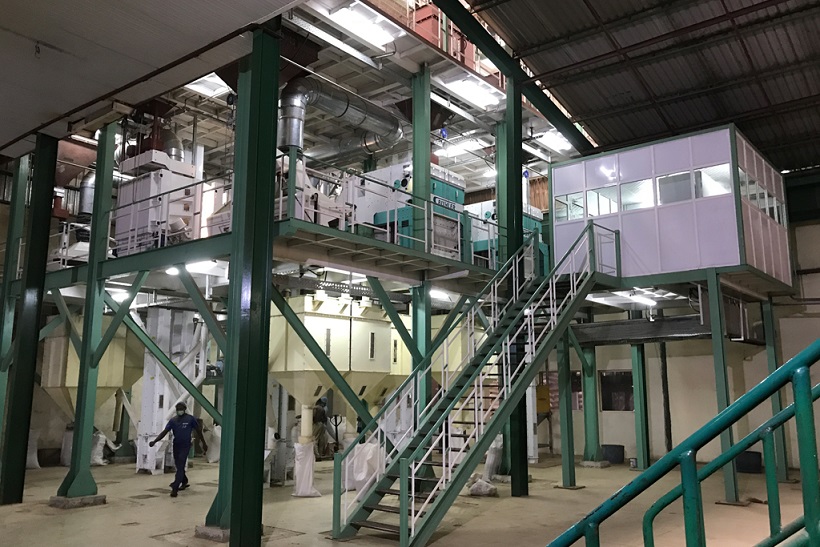Views: 176 Author: Site Editor Publish Time: 2023-08-30 Origin: Site

A modern rice mill is a facility that uses advanced technology and machinery to process raw rice paddy into refined rice products. These mills are equipped with various processing stages to remove impurities, husk, bran, and other unwanted components from the rice grains. The goal is to produce high-quality rice that meets consumer demands and industry standards. Here's an overview of the key components and processes typically found in a modern rice mill:
Receiving and Pre-Cleaning:
Raw rice paddy is received and stored in silos or bins.
Pre-cleaning involves removing large debris, stones, and other foreign materials from the rice.
Cleaning and De-Stoning:
Cleaning machines remove smaller impurities like dust, dirt, and small stones.
De-stoning machines remove heavier stones to prevent damage to milling equipment.
Paddy Husking:
Paddy huskers remove the outer husk layer from the rice grains.
Husked rice, known as brown rice, is the result of this process.
Paddy Separation:
Separators are used to separate brown rice from unhusked paddy, broken rice, and husk fragments.
Whitening:
Whitening machines, also known as rice polishers, remove the bran layer from the brown rice, producing polished white rice.
Grading and Sorting:
Grading machines sort rice grains based on size, shape, and quality.
Optical sorters use advanced technology to identify and remove discolored or defective grains.
Polishing and Buffing:
Polishing machines provide additional shine to the rice by removing any remaining bran residue.
Buffing may also be used to achieve a desired level of sheen.
Weighing and Packaging:
The final polished rice is weighed and packaged into different sizes and formats for distribution.
Automated packaging systems ensure accuracy and efficiency.
Quality Control and Testing:
Modern rice mills often have quality control laboratories to test rice samples for moisture content, milling yield, and other parameters.
By-Product Utilization:
By-products like rice husk and bran can be utilized for various purposes, such as animal feed, fuel, or for manufacturing products like rice bran oil.
Automation and Technology:
Modern rice mills incorporate automation, sensors, and computerized systems for efficient processing and quality control.
Advanced machines and software optimize the milling process, reducing waste and maximizing yield.
Environmental Considerations:
Some modern rice mills incorporate eco-friendly practices, such as minimizing water usage, energy efficiency, and waste management.
Modern rice mills are designed to increase efficiency, reduce labor, and produce high-quality rice products that meet consumer preferences and industry standards. These facilities play a crucial role in the rice supply chain, contributing to food security and economic development in many regions.